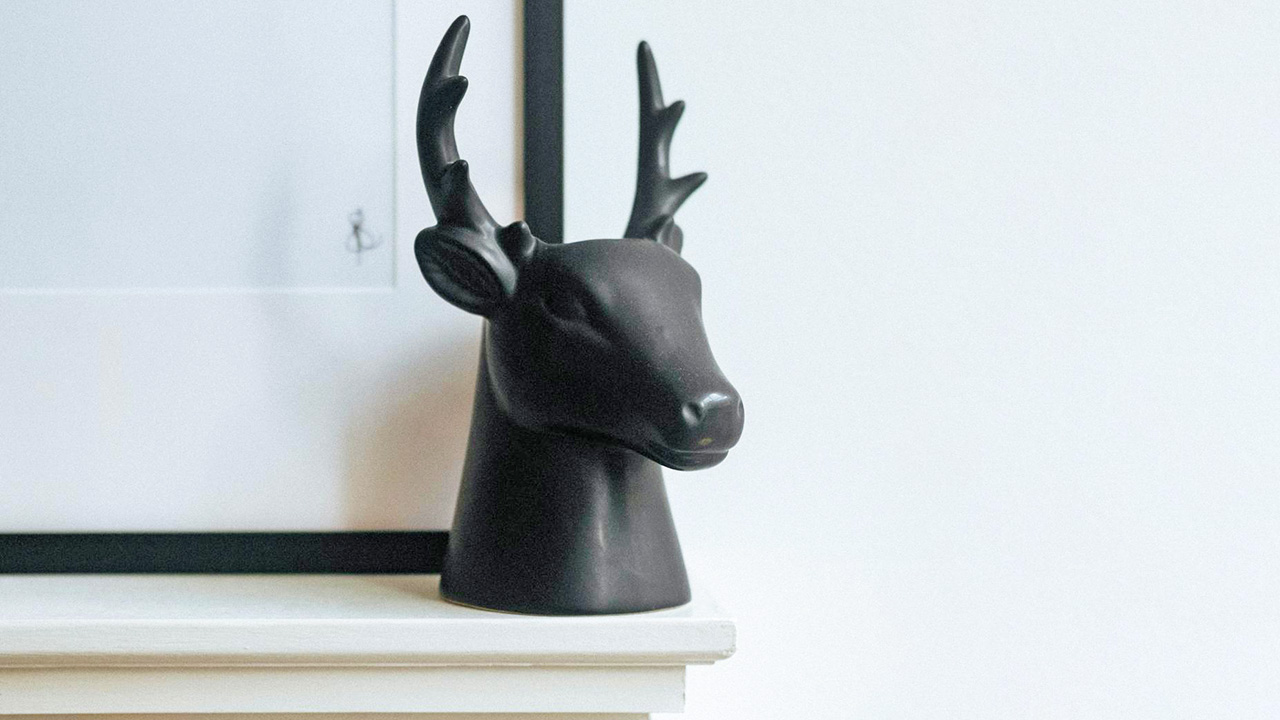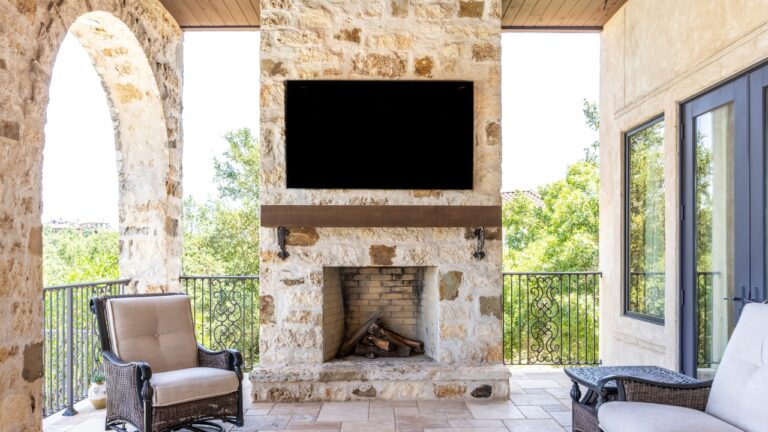The décor move that seemed trendy—but is aging badly now
You remember the moment. Scrolling late at night, you landed on the look: crisp white walls, one statement wall in matte black, brass accents catching the light. It screamed current. You grabbed the paint, rolled it on, and for a year it felt sharp. Now you walk in and something’s off. The room looks tired, the black swallows light, the brass feels loud. That move—modern farmhouse with heavy black accents—was everywhere five years ago. It’s not holding up.
I’ve torn down my share of these setups on the homestead. Clients call when the trend turns trap. What sold magazines now sells short. The mix of barn elements with urban edge promised balance. Instead, it dates fast. You see it in resale photos: black walls shrink rooms, shiplap yellows, open shelves collect dust. Let’s walk through why this combo sours and what to shift instead.
You painted one wall matte black
That accent wall behind the TV or bed looked dramatic on day one. Now it drinks every ray of light. Rooms read smaller, ceilings lower. Black shows every scuff, every fingerprint.
You vacuum and still spot lint. Touch-ups turn patchy because matte hides nothing in real life. Light-colored walls bounce daylight; black hoards it. Your electric bill creeps up from extra lamps. Swap to a deep charcoal or navy with eggshell finish. Depth stays, maintenance drops. I rolled over a client’s black wall last month—room grew two feet overnight.
Shiplap went floor to ceiling

Horizontal boards on every surface promised texture. Five years in, the seams collect dust, the white paint chips at edges. You wipe and wipe; grime settles in grooves.
Real farmhouses used shiplap for function—cheap, quick walls. Here it’s décor overload. One wall max keeps the nod without the chore. I rip full rooms down to studs now. Underneath sits perfect drywall begging for paint. You save hours of cleaning and gain a blank slate.
Brass fixtures hit every surface
Doorknobs, faucets, lamps, frames—all warm metal. At first the glow tied it together. Now the finish spots with water marks, fingerprints etch permanent halos.
You polish monthly and still see streaks. Brass needs care; life gives splashes. Mix metals or choose brushed nickel. One brass pendant keeps the warmth without the work. I swapped a full brass kitchen last spring—sinks stay shiny with a rinse.
Barn doors block more than they slide
That sliding door on a black rail saved space in theory. In practice it sticks, bangs the wall, leaves gaps for sound and light. You shove it open with your hip carrying laundry.
Pocket doors vanish into walls; barn doors demand clearance. Replace with a hollow-core slab on regular hinges. Traffic flows, noise drops. I swapped three in one house—bedrooms finally felt private.
Faux taxidermy stared too long

Resin deer heads or antlers in white promised whimsy. Dust coats the crevices, eyes follow you across the room. Guests joke, then glance away.
You climb chairs to clean horns twice a year. Real art on walls shifts with seasons. Take it down, patch two holes, hang a woven basket. Texture stays, creep factor leaves. I boxed a dozen heads last fall—owners exhaled.
Galvanized metal multiplied
Buckets, trays, pendant lights—industrial touches everywhere. The zinc scratches, water leaves white rings, cold feel under hand.
You set a hot mug and watch the mark bloom. Wood or ceramic warms the grip. Keep one galvanized piece as accent. I moved a client’s collection to the potting shed—kitchen felt human again.
Distressed furniture shows real wear
That gray-washed dining table looked lived-in on purchase. Now the “distress” layers with actual scratches, paint flakes onto floors.
You sand and still see dings from homework or mail keys. Solid wood with satin finish takes real life better. Refinish the top in walnut oil. Character builds naturally. I restored a set last winter—table looks intentional, not tired.
Open shelving replaced all cabinets

Floating wood planks in the kitchen looked airy in photos. Your reality: mismatched dishes on display, grease films the bottoms, every spice jar faces judgment.
You rearrange weekly to hide the chaos. Closed storage hides the mess; open demands order you don’t have. Add two upper cabinets with glass doors. Visibility stays, dust stays out. I installed them for a neighbor—cooking felt calm again.
Black window frames trap heat
Matte black muntins baked in summer sun, transferred warmth to glass. Winter showed every condensation streak. You wipe daily in humid months.
White or wood tones reflect heat, hide water spots. Paint the grids almond. Energy bill dips, panes stay clear. I masked and sprayed a sunroom set—cooler by three degrees.
Edison bulbs burn out fast
Exposed filament bulbs glowed amber in every fixture. You replaced them every three months at four bucks each. Light pooled directly below, left corners dark.
LED filaments last years, dim smooth. Swap the bulbs, keep the look. I retrofitted a porch string—same vibe, one-tenth the cost. Your wallet notices first.
Step back from the full trend. Keep the pieces that work—one shiplap wall, one brass lamp, wood tones that ground it. Paint the black accent a soft sage. Slide the barn door to the garage. Your house settles into itself again. I’ve watched rooms breathe after these edits. The space fits your life, not a catalog.
You invested time and cash into that look. Now invest an afternoon to update it. One wall, one shelf, one fixture at a time. The bones are solid; the skin needs refresh. Your home thanks you with every sunrise that lands softer. What piece will you change first?
Like Fix It Homestead’s content? Be sure to follow us.
Here’s more from us:
8 upgrades that look like you spent thousands (but didn’t)
9 small changes that instantly make a house feel high-end
*This article was developed with AI-powered tools and has been carefully reviewed by our editors.







